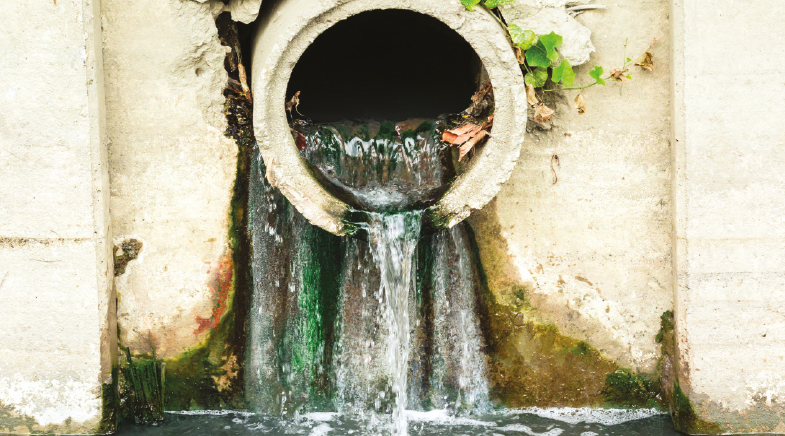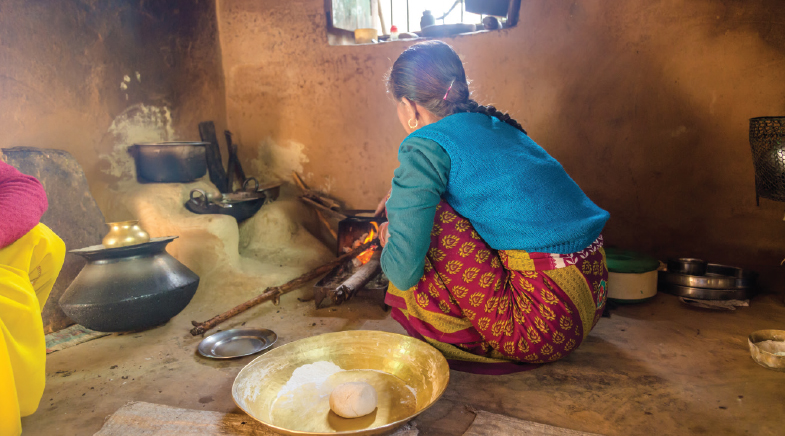Enlisting microalgae in plastic waste treatment
-
- from Shaastra :: vol 01 edition 03 :: Sep - Oct 2021

The littering of plastic carry bags made of low density polyethylene (LDPE) is a serious environmental concern. The annual plastic waste in India is estimated to be 5.6 million tonnes, but only 60% of this is recycled. Carry bags constitute a good chunk of the plastic waste left behind. Such bags are often recovered from animal guts and clogged water canals, and even find their way into the oceans in the form of microplastics that threaten marine life.
Conventionally, several methods such as ultraviolet radiation, incineration and chemical oxidation are used to degrade polyethylene. But these methods are costly, complicated and often not eco-friendly.
Several studies in the past, however, have shown that microbes such as bacteria and fungi could be an ally in fighting the plastic menace.
Now, a team led by Elumalai Sanniyasi, Professor of Biotechnology at the University of Madras, has shown that microalgae commonly found in water bodies across the country can be harnessed for biodegrading carry bags made of LDPE.
Microalgae commonly found in water bodies across the country can be harnessed for biodegrading LDPE carry bags.
"As far as I know, this is the first study that explores the potential of using green microalgae for degrading polyethylene," said Sanniyasi, the main author of a paper recently published in Scientific Reports journal.
"The microalga - Uronema africanum Borge - that we found to degrade LDPE carry bags is commonly found in wastewater bodies in many parts of the country. Our laboratory studies showed that the algae were able to break down polymers in polyethylene into monomers in 30 to 45 days," he said.
The researchers isolated the photosynthetic microalga from Kallukuttai lake in Chennai. The scientists who treated LDPE sheets with the microalgae found that the microorganism colonised the sheets within 30 days.
"With the naked eye, we could see green hair-like structures protruding from the surface of the sheets," Sanniyasi said. On examination, the researchers discovered occurrences of abrasions, erosion, grooves and ridges on the surface of the sheets, which the scientists subsequently confirmed using sophisticated instruments.
"We found that the algae were able to secrete some sort of degrading exopolysaccharides (complex carbohydrates, synthesised by microbes), enzymes and toxins that break down the polymer into monomers. While some monomers become growth nutrients for the algae, the rest evaporate," Sanniyasi said.
The scientists now hope to identify other species of algae that can cleave and degrade LDPE and are exploring the possibility of developing a collection of algae that can do the job more efficiently.
According to Sanniyasi, a plastic industry firm from a local industrial estate has come forward to support the team for further investigations. "We are waiting for the university's approval (for this)," he said.
Have a
story idea?
Tell us.
Do you have a recent research paper or an idea for a science/technology-themed article that you'd like to tell us about?
GET IN TOUCH














